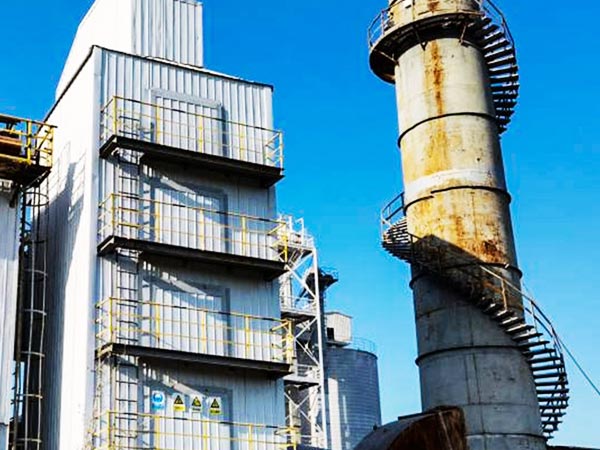
SCR (Selective Catalytic Reduction), SNCR (Selective Non-Catalytic Reduction) and PNCR (Polymer Dry Denitrification) are common denitrification processes, and there are significant differences between them in terms of principle, efficiency and cost.
From the reaction principle, SCR needs to use ammonia or urea and other reducing agents under the action of catalyst to reduce nitrogen oxides to nitrogen and water at a lower temperature (300 - 420 ℃); SNCR reacts with nitrogen oxides at a high temperature (850 - 1100 ℃) without relying on the catalyst and spraying the reducing agent directly;
PNCR reacts with nitrogen oxides at a high temperature by injecting polymer denitrifying agent into the furnace chamber to generate free radicals and react with nitrogen oxides; and PNCR reacts with nitrogen oxides by spraying the denitrifying agent into the furnace chamber and decomposing it at high temperature.PNCR is produced by spraying polymer denitrifying agent into the furnace, which decomposes at high temperature and reacts with nitrogen oxides by generating free radicals, without the need to add ammonia and other reducing agents.

In terms of denitrification efficiency, SCR can reach 80% - 95%, can accurately control the reaction, and has the highest efficiency; SNCR efficiency is in the range of 30% - 60%, which is greatly limited by the temperature window; PNCR efficiency is usually in the range of 40% - 70%, which is not as good as SCR, but better than SNCR under some working conditions.
In terms of cost, SCR equipment requires catalysts and is expensive, and requires continuous replenishment of reductant during operation, with the highest overall cost; SNCR does not require catalysts but consumes large amounts of reductant, with moderate equipment investment and operating costs; PNCR equipment is simple, with no catalyst replacement and complex system maintenance, with lower operating costs.
In terms of applicable scenarios, SCR is suitable for large-scale coal-fired power stations with very high requirements for denitrification efficiency; SNCR is commonly used in small and medium-sized boilers and industrial kilns; PNCR is more suitable for industrial boilers and kilns with limited space for renovation and relatively lax environmental requirements.Enterprises should choose denitrification process reasonably according to their own working conditions, environmental requirements and budget.